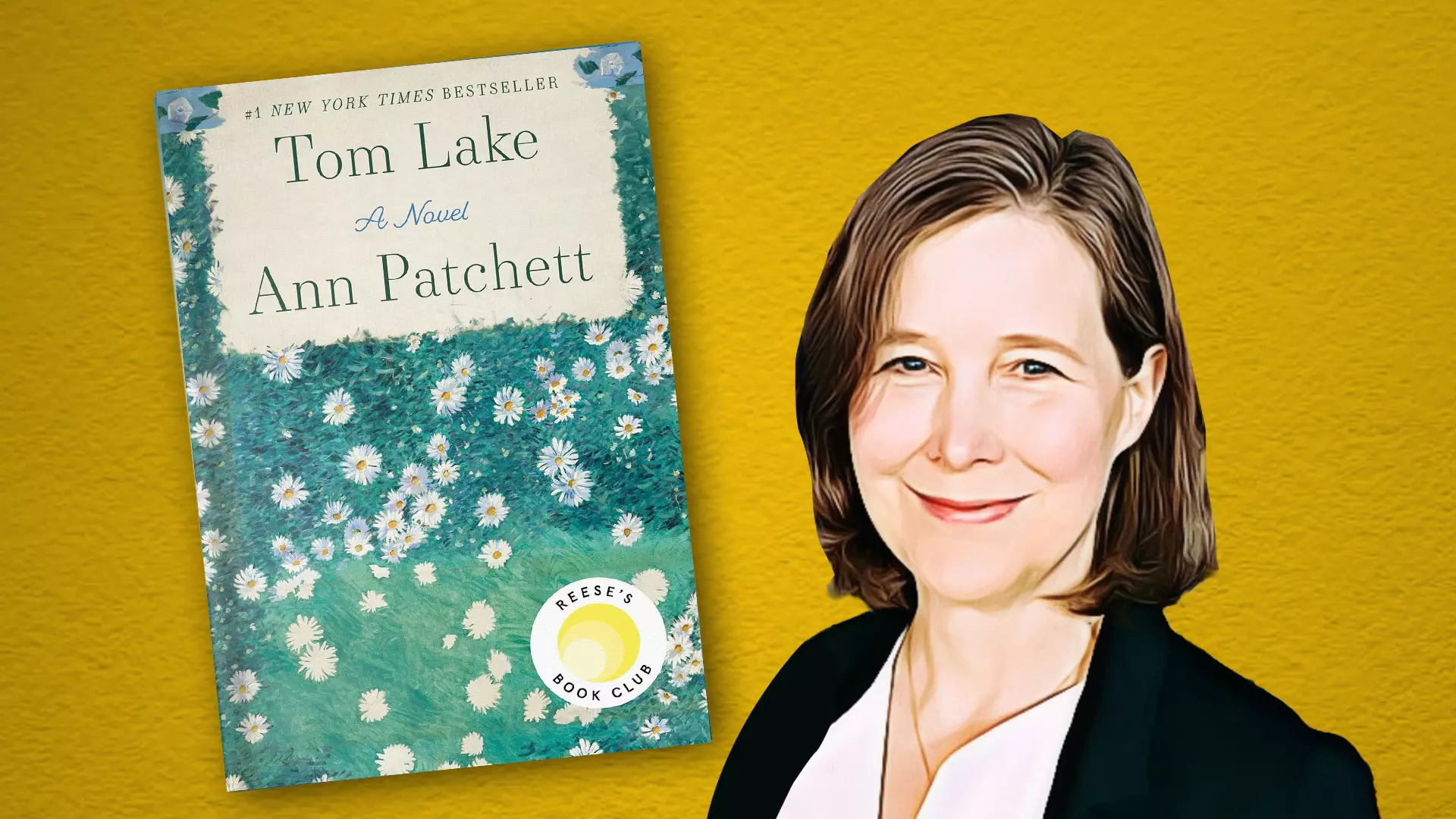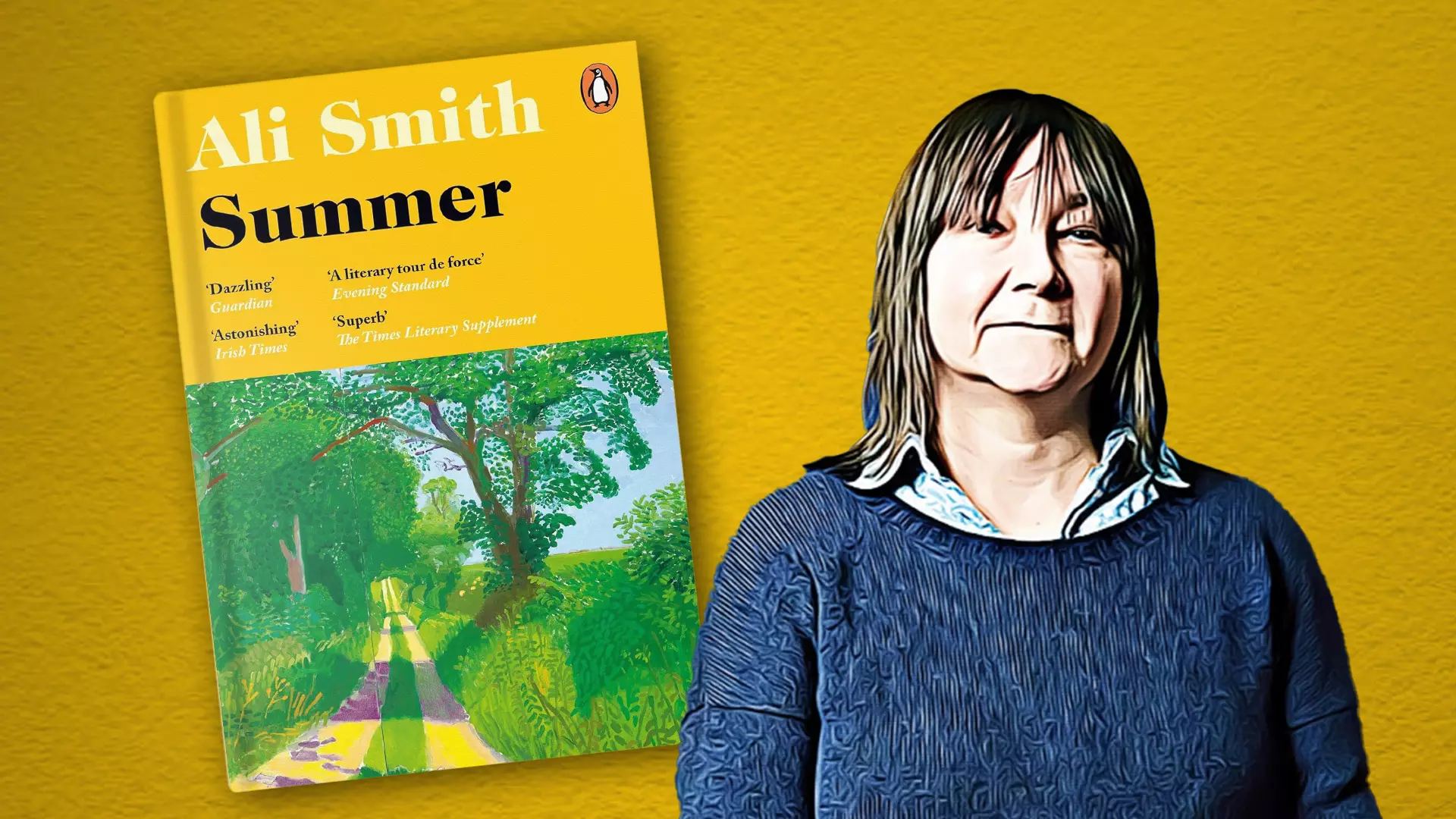
- Home
- News
- Analysis
- States
- Perspective
- Videos
- Education
- Entertainment
- Elections
- World Cup 2023
- Features
- Health
- Business
- Series
- Economy Series
- Earth Day
- Kashmir’s Frozen Turbulence
- India@75
- The legend of Ramjanmabhoomi
- Liberalisation@30
- How to tame a dragon
- Celebrating biodiversity
- Farm Matters
- 50 days of solitude
- Bringing Migrants Home
- Budget 2020
- Jharkhand Votes
- The Federal Investigates
- The Federal Impact
- Vanishing Sand
- Gandhi @ 150
- Andhra Today
- Field report
- Operation Gulmarg
- Pandemic @1 Mn in India
- The Federal Year-End
- The Zero Year
- Premium
- Science
- Brand studio
How recent novels chronicle the suffering brought by coronavirus pandemic

Long before the coronavirus pandemic wreaked a trail of death and devastation around the world, an English novel, published in 1956, had been eerily prescient in its depiction of an eco-apocalypse that became a living reality in 1999. With its first strains detected in Uganda, the fungus named Ug99, a form of black stem rust with the potential to wipe out entire wheat harvests, had arrived...
Long before the coronavirus pandemic wreaked a trail of death and devastation around the world, an English novel, published in 1956, had been eerily prescient in its depiction of an eco-apocalypse that became a living reality in 1999. With its first strains detected in Uganda, the fungus named Ug99, a form of black stem rust with the potential to wipe out entire wheat harvests, had arrived in Pakistan by 2007.
In the novel, The Death of Grass by John Christopher (a pseudonym for Sam Youd), an immensely contagious rice virus named Chung-Li — interestingly, it spreads westwards and southwards from China — causes the death of about 200 million from famine that leads to social unrest. In its fifth mutation, the deadly virus that threatens to eliminate all 10,000 species of grass reaches the UK and the US, triggering the collapse of the supply chains, the cessation of food export, and the mass deaths of livestock for want of fodder.
The Death of Grass tells the story of an English family’s struggles to survive Chung-Li. Just as many of us argued during the COVID-19 pandemic, its characters think the virus is nothing but Nature’s revenge against humans for their rapacious abuse of Earth, its sustained mistreatment. “For years now, we have treated the land as though it were a piggy-bank, to be raided, and the land, after all, is life itself,” ruminates David, a farmer, and one of the novel’s main characters.
There must be many more science-fiction novels that would have accurately foreseen the scores of epidemics that keep surfacing every once in a while: the foot-and-mouth disease, avian flu, H1N1, SARS, and what have you. Even as you read this, scientists have warned that the ‘zombie viruses’ lying dormant beneath the ice caps in the Arctic and other regions pose a deadly threat to human beings; in short, yet another global health crisis looms over us.

COVID-19, of course, made us fluent in the language of the contagion. We saw ourselves embracing the new normal of social distancing with alacrity to keep ourselves safe. We came to see lockdowns and solitary confinements as necessary evil, keeping our own at bay. When our loved ones died, we were not afforded the luxury to conduct their final rite of passage. Mass inoculations became a routine affair. For many of us, two doses of the vaccine were not enough. We went ahead and got the booster shots. It was a time of fear and foreboding. And also one which was bound to make its way to contemporary fiction.
The corpus of the so-called ‘pandemic novels’ has been growing steadily since the outbreak. One of the first such novels to be published was Ali Smith’s Summer (2020), the final instalment of her audacious and experimental seasonal quartet, which includes Autumn (2016), Winter (2017), and Spring (2019) — in the four books, the celebrated Scottish author meditates on the way we live in modern times. Her musings are, in fact, an expression of our collective rage at ‘the political cultivation of indifference’. Summer is centred on a sibling: 16-year-old Sacha Greenlaw and her younger brother Robert, who live with their mother, Grace. Their father lives next door, with his girlfriend.
We encounter Sacha trying to make sense of the pandemic, which has disrupted their plans. “All manner of virulent things are happening,” she says at one point in the novel. To her, the drawings of the virus she sees online “all look a bit like little planets with trumpets coming out of their surface, or little worlds covered in spikes of growth, a little world that’s been shot all over its surface by those fairground darts with tuft tails from the old-fashioned rifle ranges, or like mines in the sea in films about WW2.”
Smith, writing in the now, picks a lot from the news cycle: “According to the net people got it from eating snakes. Other places say bats and pangolins. Stuff has gone viral online about Chinese people eating little yellow snakes on skewers. Why would anyone want to eat a snake? Or a bat? Or a pangolin? Unless the eating snakes thing is a racist way to link the virus to racism and being used as a slur against Chinese people.”
Before coronavirus, 20th century fiction writers, especially those from France, like Joseph Delteil, Albert Camus and Jean Giono wrote about the plague and cholera at the turn of the 1940s and 1950s. The 1918-1920 Spanish flu, too, had its share of literature. These novels not just show us the misery and mayhem of the large-scale health emergencies, but also pose numerous moral questions that the pandemics make more pressing, including those linked to our preparedness, the role of the caregivers, our relationship with the environment in which we live, and the role of art in helping us stem over such tides.
One of the early novels I read during the pandemic was The Pull of the Stars by Irish-Canadian author Emma Donoghue, whose 2010 novel Room was a finalist for the Booker Prize. Set during the 1918 Spanish flu pandemic, its publication date was moved up from 2021 to July 2020; the publisher thought it was prudent to seize the moment to feed the readers’ appetite for all things pandemic. Reading about the dead and the dying, one could make sense of the turmoil caused by Covid-19. Other writers followed suit. Legendary Chilean writer Isabel Allende came out with Violeta (2022), a sweeping novel that revolves around a woman named Violeta del Valle, whose life is bookended by two pandemics: the Spanish Flu and COVID-19.

“I was born in 1920, during the influenza pandemic, and I’m going to die in 2020, during the outbreak of coronavirus. What an elegant name for such a terrible scourge. I’ve lived a century and I have a good memory, in addition to seventy-something diaries and thousands of letters as evidence of my passage through this world. I’ve witnessed many events, I’ve amassed a lot of experience, but either because I was too distracted or too busy, I haven’t acquired much wisdom. If reincarnation is real, I’ll have to return to Earth to make up for what I’m lacking. It’s a terrifying prospect,” Violeta tells herself in the novel. Allende writes about the paralysed world in which ‘humanity is in quarantine’.
Here is one of the passages about the Spanish flu in the novel, which also gives us a sense of the dire state during the pandemic we lived through: “The onset of illness brought first a terrible chill from beyond the grave, which nothing could quell, followed by fevered shivering, a pounding headache, a blazing fire behind the eyes and in the throat, and deliriums, with terrifying hallucinations of death lurking steps away. The person’s skin turned a purplish-blue color that soon darkened until the feet and hands were black; a cough impeded breathing as a bloody foam flooded the lungs, the victim moaned and writhed in agony, and the end arrived by asphyxiation. The most fortunate ones were dead in just a few hours.”
There are many more novels that depict the pandemic in different ways. Gary Shteyngart’s Our Country Friends (2021) is an emotionally resonant work bursting with humour: it’s tough to write a funny novel about unfunny times, but Shteyngart, one of the finest writers of our times, pulls it off with élan. In 2022, the Authors Guild published Fourteen Days: An Unauthorized Gathering, edited by Margaret Atwood. Its beauty lies in the fact that each of its characters has been secretly written by a different writer, including Atwood, Douglas Preston, Tommy Orange and Celeste Ng. This was also the year which saw Ali Smith return with Companion Piece, another novel set in post-Brexit Britain, ravaged by the pandemic.
Some of the other notable novels that draw on the living at a time of mass deaths, in no particular order, are: Weike Wang’s Joan is Okay (2022), Sequoia Nagamatsu’s How We Go High in the Dark (2022), Rumaan Alam’s Leave the World Behind (2020); Louise Erdrich’s The Sentence (2021), Jodi Picoult’s Wish You Were Here (2021), Elizabeth Strout’s Lucy by the Sea (2022), Emily St. John Mandel’s Sea of Tranquility (2022), Carley Moore’s Panpocalypse (2022), Clare Pollard’s Delphi (2022) Anne Tyler’s French Braid (2022), Ian McEwan’s Lessons (2022) and Nina Stibbe’s One Day I Shall Astonish the World. Last year, there were four novels that particularly stood out: Michael Cunningham's Day, Ann Patchett’s Tom Lake, Chris Bachelder and Jennifer Habel’s Dayswork, and Sigrid Nunez’s The Vulnerables. If Nunez writes about the generosity of strangers, Patchett’s novel is a multi-dimensional portrait of family, love, and motherhood — all familiar terrains for readers of one of America’s best-loved writers. These novels make us think about freedom and how we had no choice but to surrender to the restrictions imposed on us because of a life-threatening virus.

